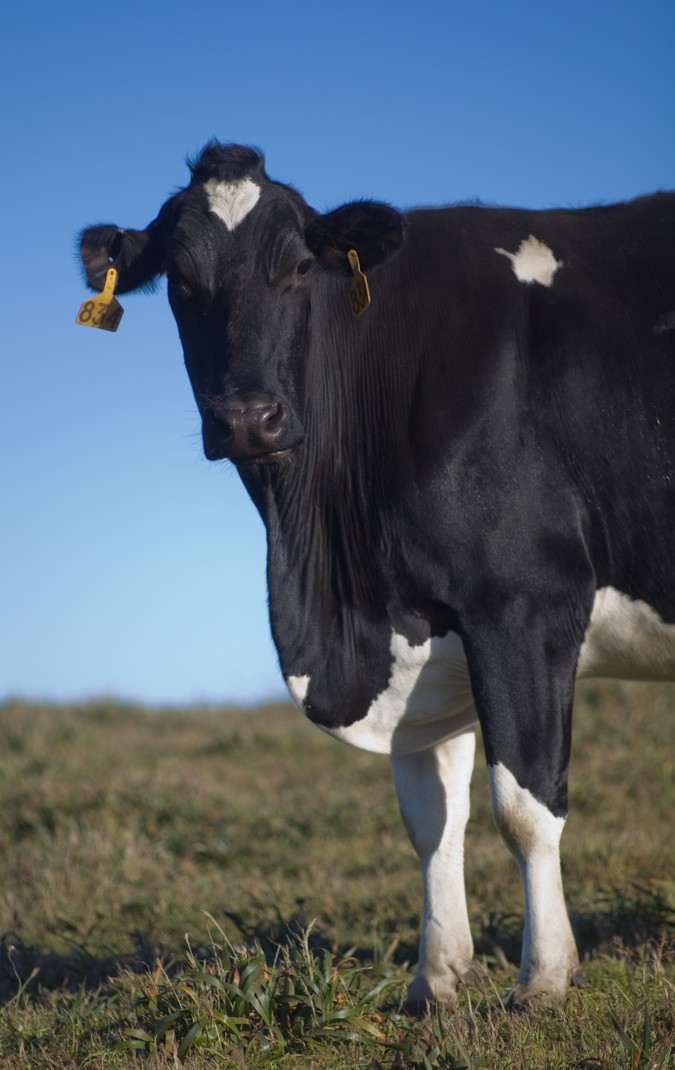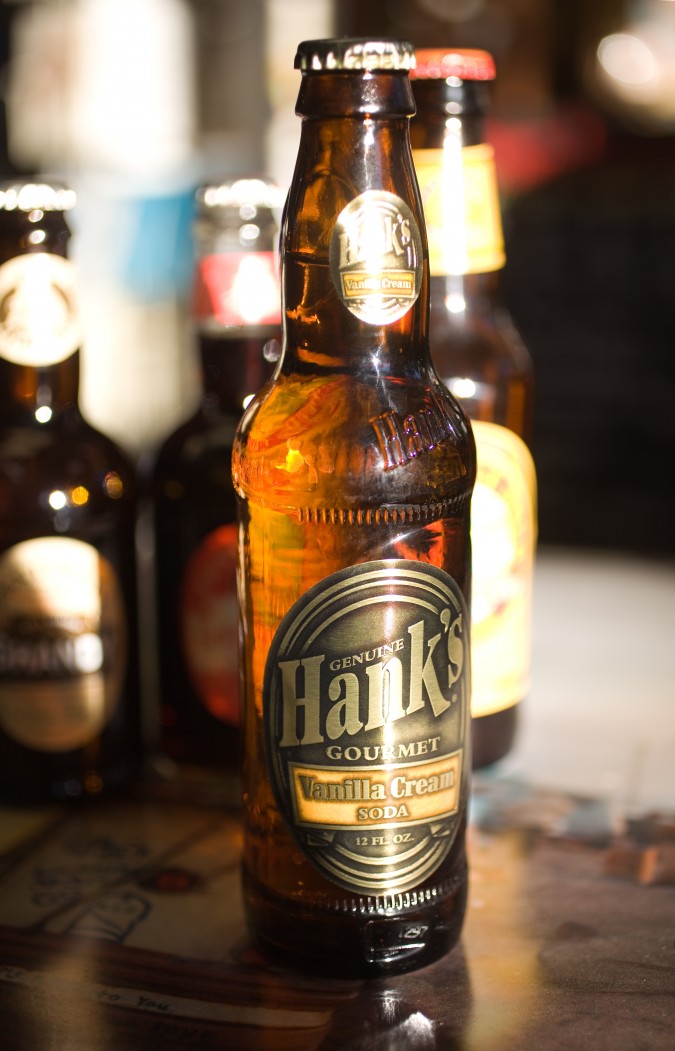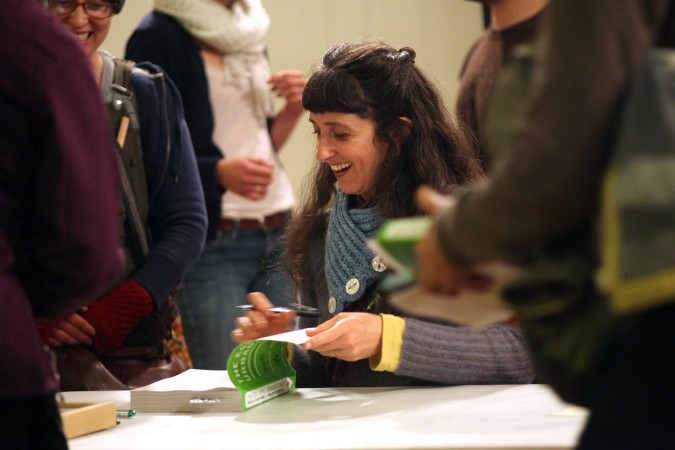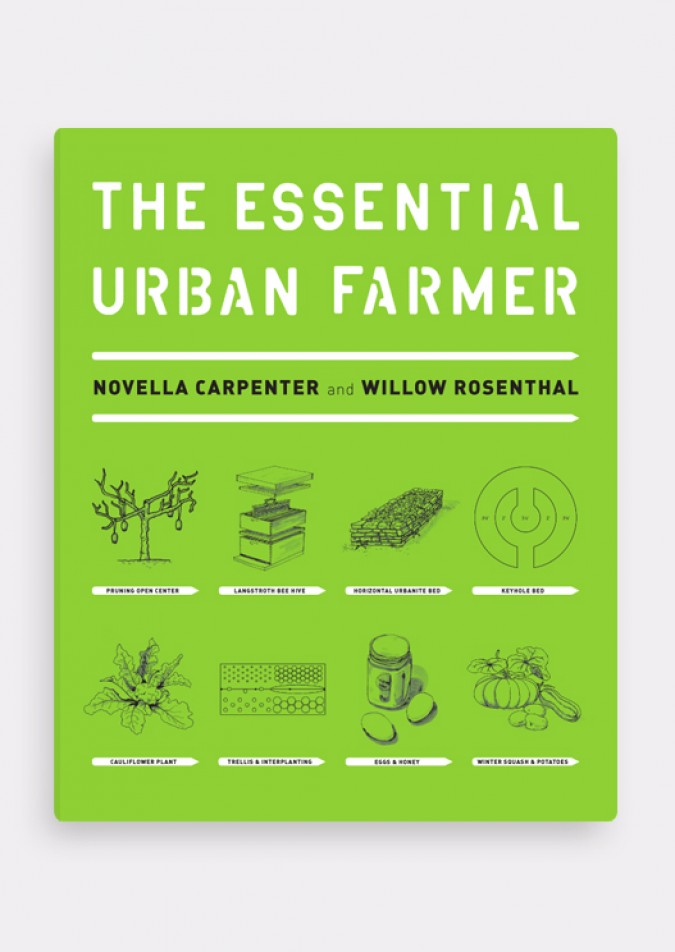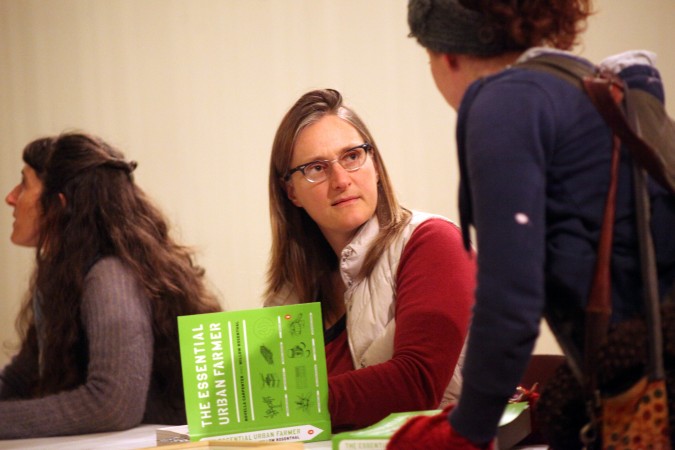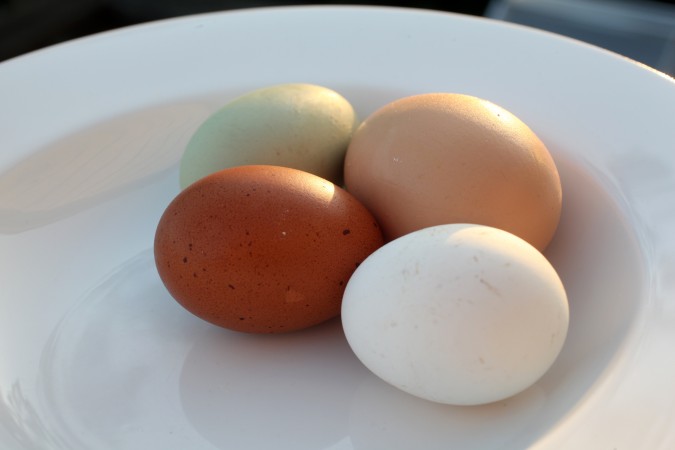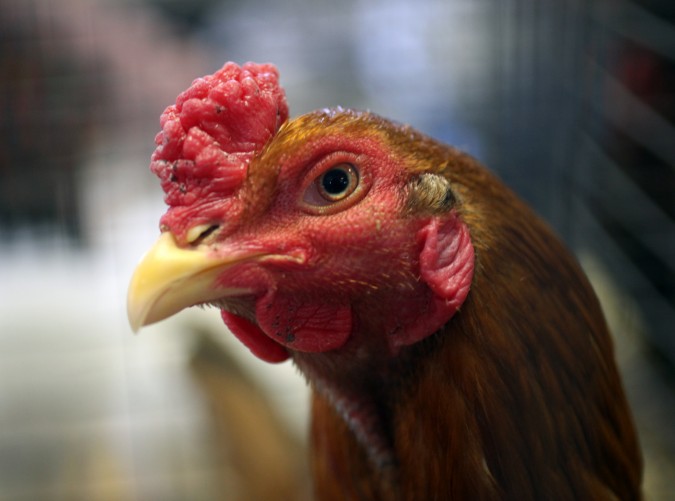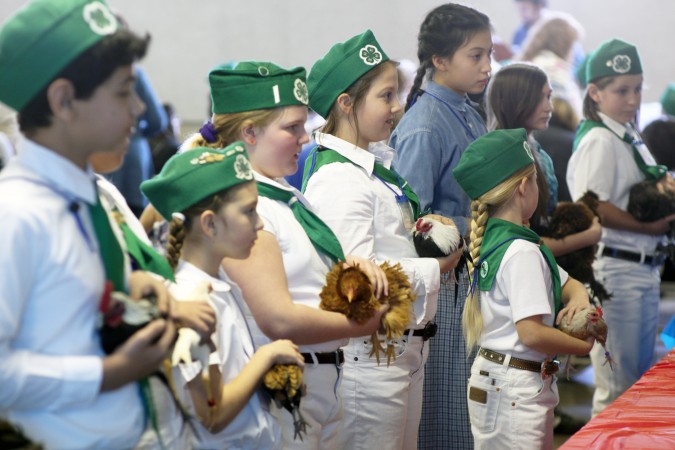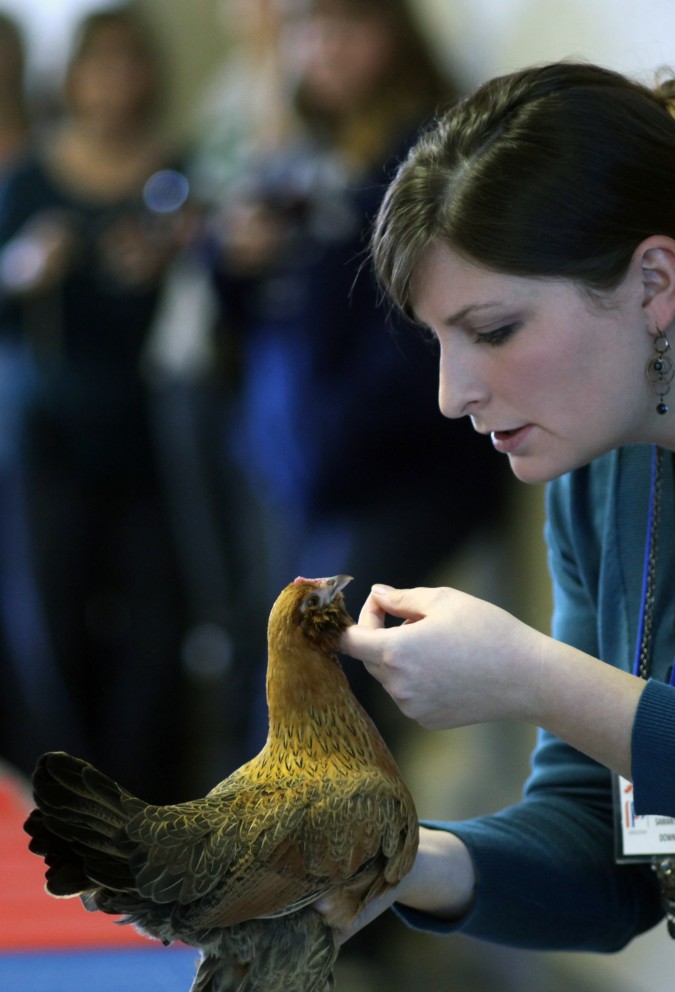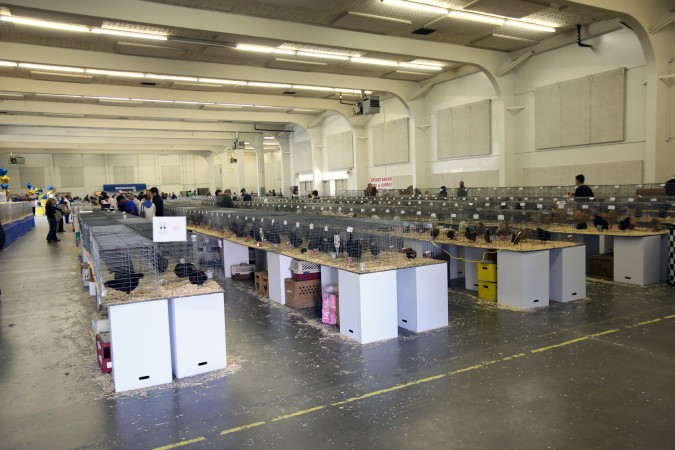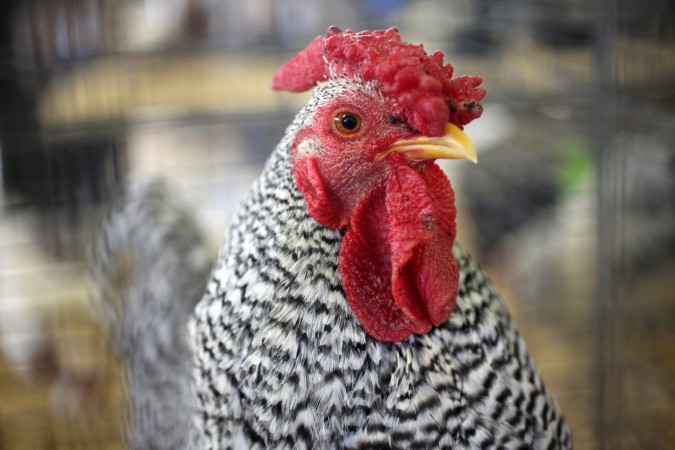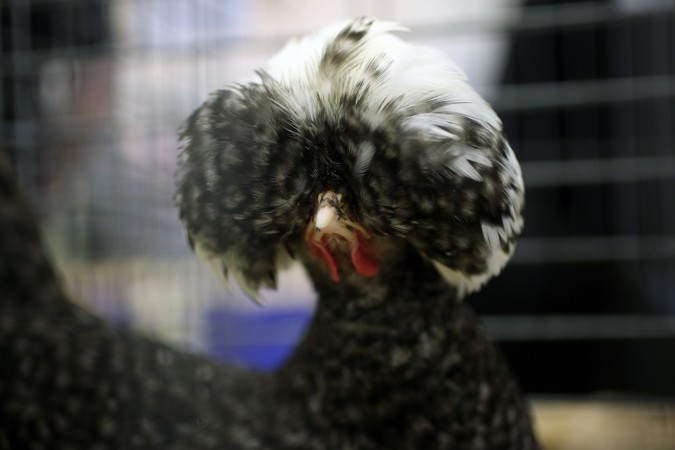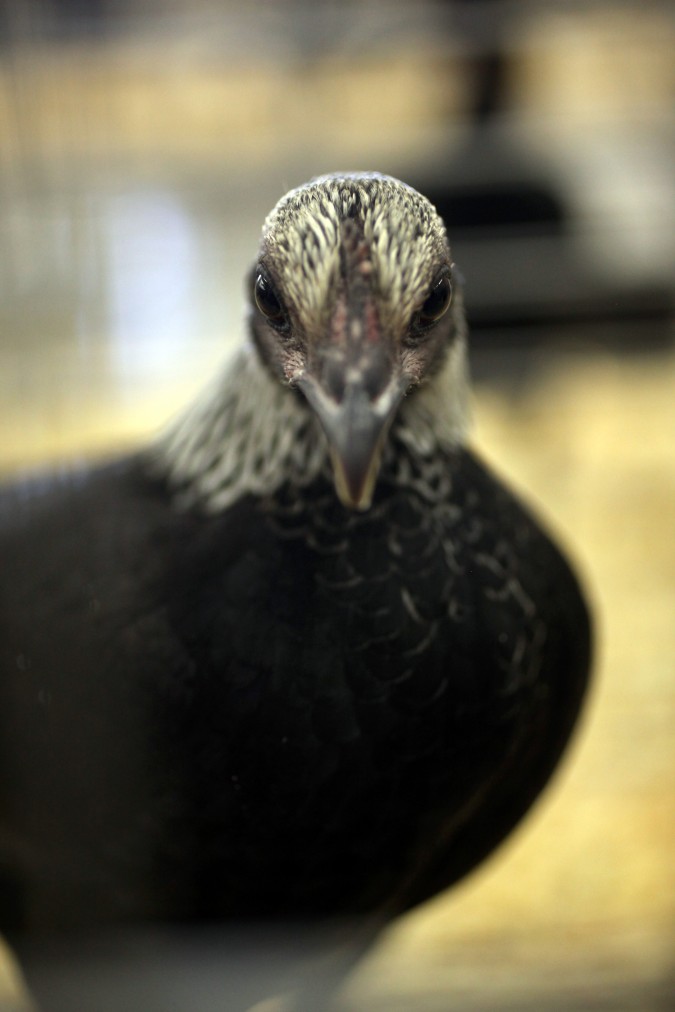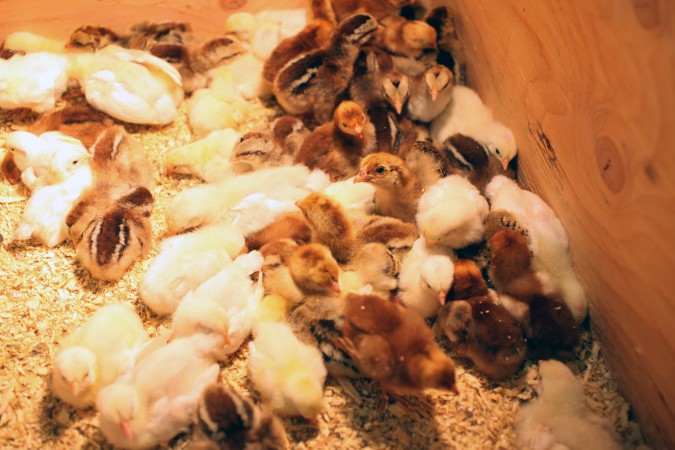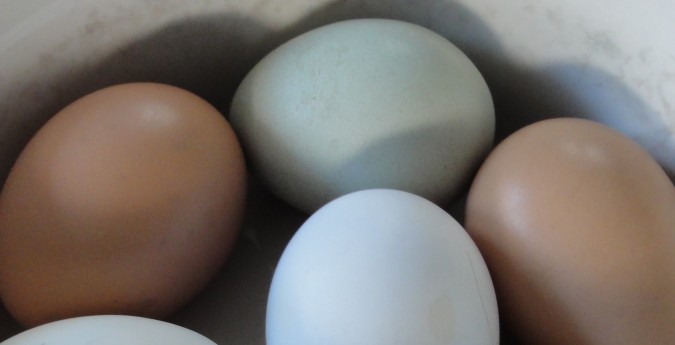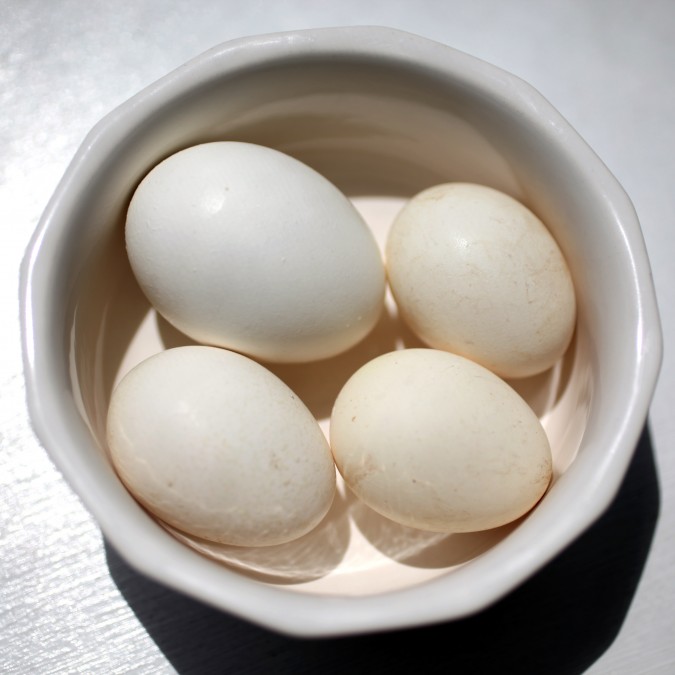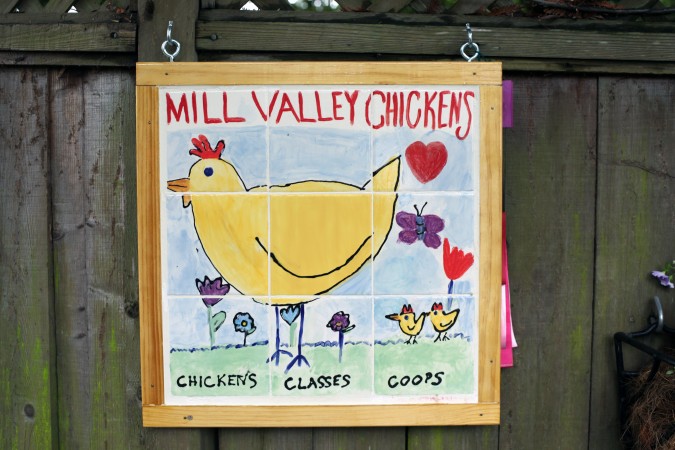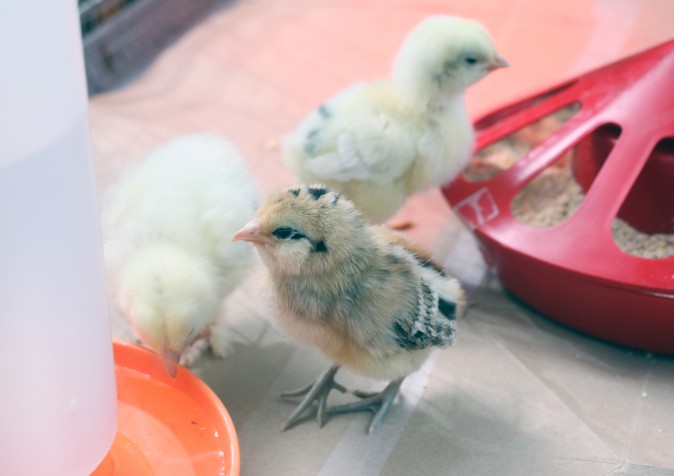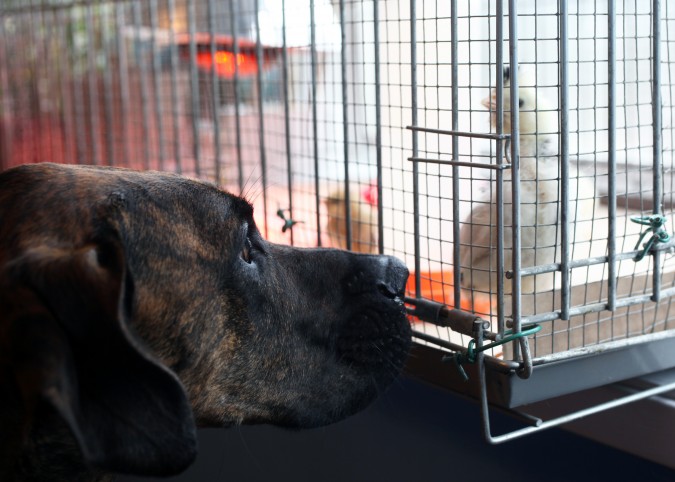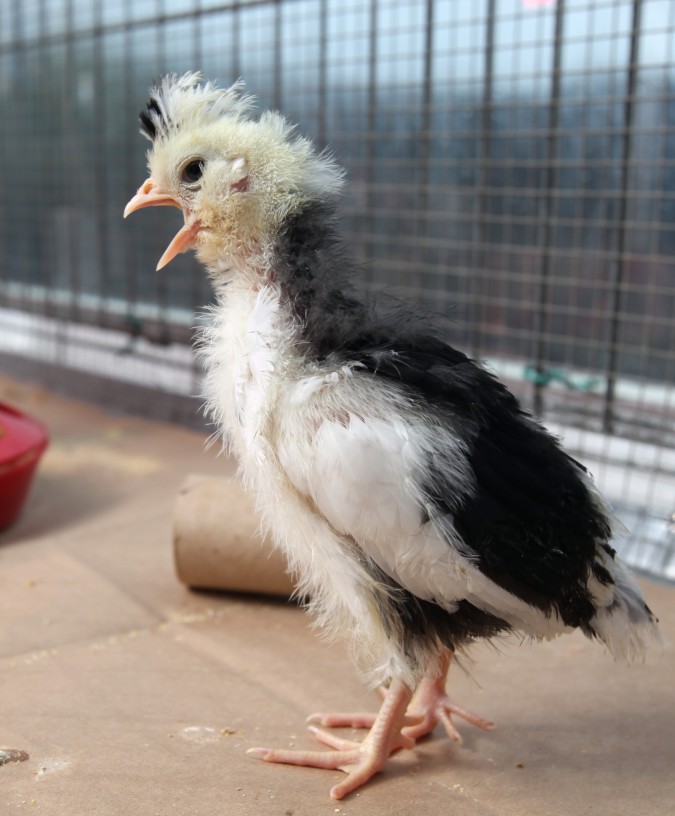Archive for the ‘Livestock’ Category
I finally visit Point Reyes, California USA
Yesterday, June 10, 2012 I took a drive to Point Reyes National Seashore, California USA from my home in San Francisco. Even though I moved to San Francisco from Chicago, Illinois after 9th grade in high school, I had never been to Point Reyes before. It’s not far from San Francisco, so I feel silly for waiting so long.
Sadly, I arrived at 5pm, but the walkway to the famous Point Reyes lighthouse closes at 4:30pm, so I didn’t get to touch the lighthouse. I did get to stand on the very windy peak above the lighthouse to take the photograph above. I estimate the wind was a constant 40 miles per hour while I was up there. According the the sign, winds have exceeded 100 miles per hour up there.
The lighthouse is not at the peak height because that would place it in the fog more frequently. The lower perch makes it more visible to passing boats and ships.
Amazingly, there are cattle ranches at Point Reyes, and the cattle at one ranch are not separated from the road by fences or even space. I was able to park and take this picture of a female cow.
Her name is 834.
I used the same Canon 135mm lens I use when I photograph female people. I asked my subject if she had any more flattering ear rings to wear other than the gaudy yellow pair she’s sporting here, but she ignored my remarks. I took dozens of pictures, just like I do on a photo shoot.
I drove home on California State Route 1, which for the most part follows the coast of California and is thus very twisty and is demanding of drivers. Just after the sun went down I took the shot above. The sun isn’t directly showing in this shot, which I enhanced in Adobe Photoshop to make it more dramatic. I don’t often photograph sunsets, but this one just presented itself.

Exotic gourmet sodas for sale at The Inverness Store deli and grocery store in Inverness, California, June 10, 2012
Before I went to the lighthouse, I stopped at a charming grocery store and delicatessen in Inverness, California named simply The Inverness Store. This store is simple, but it is a treasure on the inside because it houses the most diverse collection of gourmet soda pop that I have ever seen in person. The photograph above shows about half of the selection offered, but this photograph shows dozens of flavors, such as Rhubarb soda and Huckleberry soda. I had one of each, and they were delicious. I don’t drink much soda anymore — only a few per week at the most. But when I do drink soda, I love these artisan products, which I have written about before on this blog.
In keeping with my new persona as a blogger, I introduced myself to the wife and husband team that own The Inverness Store — Nav and Raj Singh. I was so charmed with the soda selection that I came back around 7pm and asked if I could take some photographs. I asked if I could set up a still life, and Raj said that I may. I set up in the evening sunlight on a table just inside the front door. The low angle of the sun in the shot above bounced off the yellow label of the bottle on the right and penetrated the brown bottle of Hank’s Gourmet Vanilla Cream Soda in front, setting its contents aglow. The still life is arranged on a poster of a vintage school bus conversion from the 1960s, which the store had on sale for just USD $5.00 each. Since I love buses, this setting just felt right.
After I completed my photographs, I chose a bottle of Huckleberry soda to drink on my drive home, and when I went to pay for it, Nav gave it to me. That’s the first gift I’ve received as a blogger, and it made my day. Thank you Nav and Raj!
As usual, I uploaded these pictures at full resolution. Click on the pictures to see the full size versions, which are larger than your screen, even if you have a new Apple MacBook Pro with a Retina super high resolution display (over five million pixels), which was announced to the world today in San Francisco at the Apple Worldwide Developers Conference. I upload my pictures at 21 million pixel resolution.
Novella Carpenter and Willow Rosenthal discuss their new book entitled The Essential Urban Farmer
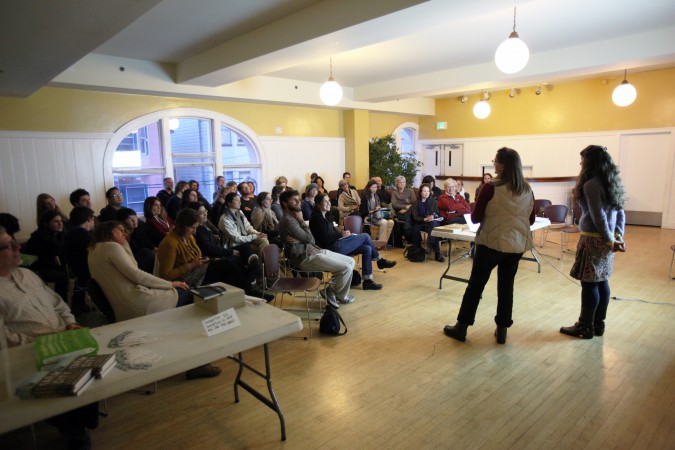
The Essential Urban Farmer book introduction 'Meetup' event February 29 2012, San Francisco, California
One of my favorite authors, Novella Carpenter, has a new book out. It was released December 27, 2011 by The Penguin Press.
Novella Carpenter and her friend Willow Rosenthal wrote The Essential Urban Farmer. This detailed how-to guide for individuals with or without farming experience looks destined to become a classic on the subject of urban farming.
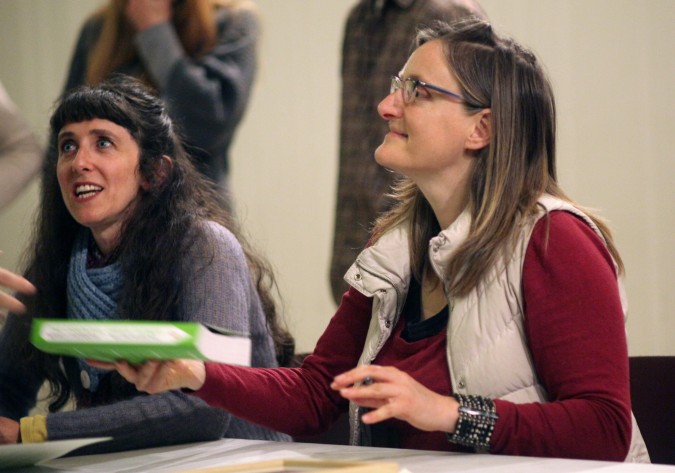
Willow Rosentha and Novella Carpenter February 29 2012 signing their book The Essential Urban Farmer
At 592 pages, Carpenter joked that the book is so heavy you can use it as a doorstop if needed.
Rosenthal and Carpenter gave a one hour talk this evening, February 29, 2012, at The Women’s Building at 3543 18th Street, No. 8, San Francisco, California 94110 USA. I was familiar with most of what Rosenthal and Carpenter spoke about. Nonetheless, it was fantastic to see them speak and answer audience questions.
Willow Rosenthal founded City Slicker Farms in Oakland, California USA, near San Francisco.
Novella Carpenter began her part of the talk with her infant baby girl nursing from a sling around her shoulder. I had been planning to capture video of her remarks, but I decided that was inappropriate with her baby feeding. After several minutes of talking, she asked a friend to take care of her baby, as I suspect it was just too distracting trying to address a room full of people and feed her baby simultaneously. Carpenter joked that at The Women’s Building the women all sit around breast feeding babies all day.
By that point, I recognized the light was too dim and the conditions too contrasty for a video to be any good. Carpenter was standing in front of a brightly lit video screen, so her face was dark. I decided to skip the video, except for a short clip I shot from the doorway to the room, showing Carpenter, Rosenthal and the audience together, with Carpenter answering a question about bee keeping.
Rosenthal and Carpenter spent three years writing this book so they could each reduce the perpetual effort they were exerting answering the same questions from their fans. Presumably they now can respond to emails seeking urban farming how-to information by saying “read the manual.” It’s a neat trick they’ll make some money along the way. I very much admire that Willow Rosenthal and Novella Carpenter have created. Learning to become self sustaining is valuable, and I predict this book will do well commercially and will expand the networks of Carpenter and Rosenthal dramatically. The audience for this book strikes me as different from the audience for Carpenter’s first book, Farm City, which was her delightful and captivating story, not a how-to guide.
As far as I can tell, The Essential Urban Farmer is Rosenthal’s first published book.
The Essential Urban Farmer covers growing vegetables, fruit trees, rabbits, ducks, chickens and goats. It also covers bee keeping.
The guide has lists of vendors for supplies and information. It turns out there are sellers of bee keeping supplies right in San Francisco. I learned that San Francisco is a great place to keep bees because there are so many types of vegetation here, more so than on a farm in the country, where large expanses of single crops are more common. I learned that bees can and are willing to fly five miles each way to put in their days’ work.
They don’t call them ‘worker bees’ for nothing.
I would be exhausted if I had to walk five miles each way to work each day.
Something tells me bees work 365 days a year. Maybe that’s why colonies are collapsing. I sure would if I tried to work that much. I’m making a joke here, of course. Colony Collapse Disorder looks to be a dramatically serious problem.
I came away with an idea for my super green eco bus conversion project. Fruit trees can be trained to be mostly two dimensional. This is done so trees can hug the sides of houses and fences, to save space. But it means I might be able to grow a dwarf apple tree behind my sofa on my coach with the flat side of the tree parallel to the window over the sofa. It would be crazy to be able to reach overhead and pluck an organic apple while reading The Essential Urban Farmer parked by the waterfront and warmed or cooled by the solar panels on the roof.
I told Rosenthal and Carpenter the short version of my plans for my eco vehicle, and they thought it was cool or they were great actors. I first met Novella Carpenter when she spoke at The Commonwealth Club of California January 25, 2011. Carpenter remembered meeting me back then, which was flattering.
Perhaps through the authors of The Essential Urban Farmer I will meet the adventurous souls I am seeking to take my eco bus on the road to spread the word about urban farming and homesteading.
The Essential Urban Farmer has three reviews on Amazon, and they are all five star ratings. Here is what reviewer Reckless Reader had to say:
“This book is the REAL DEAL — Novella and Willow are REAL urban farmers. You can read about it all in Novella’s Farm City, her memoir of taking a rasty vacant lot in funky ghetto West Oakland, California, and turning into a real urban farm — with vegetables, chickens, killer eggs, rabbits, and even, eventually a pig. That book made me wonder if I could really do this kind of thing out in my sprawling backyard. Even though I dont know jack-diddly, really, about how to farm. And you know what — this new book really tells how to do it, from how to pick land (near water, for instance, at least near a hose…), get the right to use the land, and then how to get the soil ready, how to get the right seeds, right through how to kill simple farm animals for food every now and then. It’s fun to read even if you dont want to go the length, but it seems like I am going to be able to do everything I want to do in my backyard, using just this one total REAL DEAL ‘how to’ guide to it all. Wow!”
I took the photographs above at the book signing Rosenthal and Carpenter conducted after their remarks.
I shot these pictures with my Canon 5D Mark II camera set at ISO 5,000. The lighting conditions were poor, and I needed all the light sensitivity I could get. I am pleased with the quality of the images considering how dark it was in that hall. I uploaded the pictures at full resolution. Click on them to see them at their full 21 megapixel resolution.
Janet Hansen designed the cover for The Essential Urban Farmer. I got the photograph of the book from Hansen’s website, which is worth visiting, as she’s a very talented designer.
One of my hens produced her first egg yesterday
My cousin Cnynthia Christensen gave me a Marans hen when I visited her farm in Oregon when I was in Oregon for my grandmother’s 100th birthday party. That was in December 2011. I carried the hen back to San Francisco in a box in the backseat of my car. The Marans was not yet old enough to be laying eggs.
Yesterday, February 13, 2012, my Marans hen gave me a present — her first egg. I know the egg in the coop was from her because she is my only Marans, and my other hens will not lay dark brown eggs when they start laying.
Sadly, three of my original batch of chickens were eaten by raccoons that live in my neighborhood. I saved an egg from each of those hens and photographed today the egg from my Marans alongside the others.
You should be able to see easily the striking colors of these four eggs — the Marans egg is in the lower left. The green egg in the upper left is from an Ameraucana. The brown egg in the upper right is from a Brahma chicken and the white egg in the lower right is from a Houdan chicken.
The Marans egg is somewhat spotted. The Brahma chicken is a dual purpose chicken that can be for eggs or meat. I wonder if that’s why that chicken was so large, and why it’s eggs were the largest from chickens that I have ever seen.
I wonder if my Marans knew today was Valentine’s Day and she wanted to give me something special? I could have had a tasty breakfast of one fresh egg this morning.
I love my chickens.
Pacific Poultry Breeders Association show in Stockton, California – January 28, 2012
I attended my first chicken show on Saturday, January 28, 2012.
The annual winter show was put on by the Pacific Poultry Breeders Association.
I bought my first almost show chicken at this event. It is an almost show chicken because it was in the barn where the runners up to the main ‘beauty pageant’ were displayed.
I paid a whopping USD $40.00 for the chicken I brought home. That’s a lot because at Western Farm Center in Santa Rosa, California, where I buy organic feed, you can buy a perfectly attractive chicken, fully grown, for USD $14.00.
My cousin Cynthia Christensen alerted me to this show and invited me. I am so glad I made the four hour round trip drive to the San Joaquin County Fairgrounds in Stockton, California from my house in San Francisco, California, USA.
Christensen recommended I bring my camera, and I am so thankful I brought my good camera, a Canon 5D Mark II with a 50 mm macro lens that’s ideal for close up chicken portraits. I shot the portraits with the aperture wide open to blur the background. I used only available light, so I had to set the ISO to 1600 for many of these shots. I uploaded these pictures at full 21 megapixel resolution. Click on the individual pictures to see the much larger full size version.
Samantha Downey, below, was one of the judges at the show. She judged the competition for the sharply uniformed 4-H youth shown above waiting their turn to present their birds to Downey.
This is a small excerpt from the WikiPedia entry on 4-H:
“4-H in the United States is a youth organization administered by the National Institute of Food and Agriculture of the United States Department of Agriculture (USDA), with the mission of “engaging youth to reach their fullest potential while advancing the field of youth development.”[1] The name represents four personal development areas of focus for the organization: head, heart, hands, and health. The organization has over 6.5 million members in the United States, from ages five to nineteen, in approximately 90,000 clubs.[2]
The goal of 4-H is to develop citizenship, leadership, responsibility and life skills of youth through experiential learning programs and a positive youth development approach. Though typically thought of as an agriculturally focused organization as a result of its history, 4-H today focuses on citizenship, healthy living, science, engineering, and technology programs.
Today, 4-H and related programs exist in over eighty countries around the world; the organization and administration varies from country to country. Each of these programs operates independently, but cooperatively through international exchanges, global education programs, and communications.
The 4-H motto is “To make the best better”, while its slogan is “Learn by doing” (sometimes written as “Learn to do by doing”).”
I saw other judges walking around the huge barns stopping at each cage to record information to a clipboard. The judges had their work cut out for them. The barn below contains just the runner up chickens.
Below are some of the portraits I took of some of the shockingly interesting chickens on display. Most of these shots were taken between the wire rungs of their cages, which was definitely not ideal.
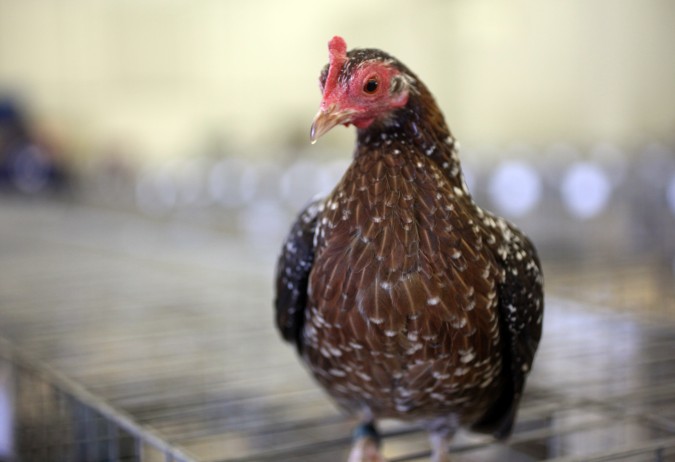
Contestant at Pacific Poultry Breeders Association show, January 28, 2012. This bird is owned by Mike Hallock, a friend of my cousin Cynthia Christensen.
I had a really fun time at this show. I never would have imagined just a few years ago that I would like this kind of show.
To conclude, here’s a picture of dozens of chicks for sale, at USD $5.00 each.
My backyard chickens are producing two eggs a day
My San Francisco hens are producing two small eggs per day, both of them white in color. One of my chickens is supposed to produce green or blue eggs. I am looking forward to making green eggs and ham!
Until my grandmother Elsie Battaglia showed me actual green eggs a few years ago, I didn’t know they existed. I thought the famous book by Theodor Seuss Geisel just had a funny title.
Cooking chicken eggs from my urban homestead for the first time
This morning I fried 3 of the 7 eggs my backyard chickens have produced since August 12, 2011 for my urban homesteading household.
I live right in the center of bustling San Francisco, California USA, so this is particularly exciting. A couple of years ago I had no idea I would be farming! My cousin Cindy Christensen owns a farm, and I’ve marveled at her wide array of award winning show chickens she raises. But even when I was visiting her farm, I never considered that I would one day soon be feeding chickens and collecting eggs each morning.
The eggs my chickens have produced so far are smaller than the smallest eggs for sale at any grocery store I’ve visited.
I shot the video of me cracking these first eggs into a stainless steel pan so the background would be a light color. Normally I wouldn’t fry eggs in this pan.
Maybe it was the excitement of raising these chickens from when they were just 3 days old, but these fried eggs were the best I’ve had.
Have a look at how orange the yoke in the upper left is. I was expecting all the eggs to have yokes that color. Food writer extraordinaire Michael Pollan educated me through his book The Omnivore’s Dilemma that good eggs should have orange yokes, not yellow yokes. I am now a believer and I am certain I can taste the difference.
I shot the video above in full 1920 x 780 high definition video on my Canon EOS 5D Mark II camera.
My San Francisco chickens started producing eggs
I got my first eggs from my urban homestead chickens yesterday!
The eggs are smaller than I’ve ever seen in a store, but they look pretty good for their first attempt. I was shocked to find two on the same day, since I think that means two chickens each laid an egg. I’ve read chickens rarely lay more than one egg per day. That’s why I suspect two chickens chose the same day to begin production.
I have four chickens altogether, but I fear one is a rooster and will soon have to go live with my friend Fara Otterbeck who owns a farm in Napa, California USA and is in need of a rooster, thank goodness. Roosters aren’t allowed in San Francisco. I don’t know for certain if I have a rooster because he hasn’t started crowing yet.
Each chicken has eaten about 50 pounds of food since birth. Organic chicken feed costs USD $20 per 50 pound bag provided you buy it at a feed store and not a pet store.
I have a feeling these eggs are going to be costly like the ones I buy for USD $8.50 a dozen at Rainbow Grocery, but that’s alright. I love having chickens here, and they make me happy.
Back to the stone age
Here’s an off the beaten path article I love the Wall Street Journal newspaper for writing:
Armed With Stone-Tipped Arrows, Hunters Stalk Their Inner Cave Men
According the the article, there are a subset of hunters that are ditching their guns and carbon fiber bows, in favor of bows and stone tipped arrows they make personally.
Here’s a passage from the piece:
“Interest in the stone-age lifestyle has been growing. In recent years, archaeology buffs started arrowhead-making groups in places like Portland, Ore., and Pasadena, Calif. Other die-hards have adopted meat-heavy “paleo” diets, eating like traditional hunter-gatherers.
While there has long been a cult of hunters who use old-style rifles and bows, “bowhunting has picked up pretty tremendously across the country,” says Mike Moore, chief executive of Primitive Archer magazine. The publication’s circulation is up 25% over the past five years, to roughly 30,000, he says.”
I don’t think Bus Conversions Magazine, which covers my hobby of converting a bus to a motorhome, has 30,000 subscribers. I am impressed that so many people are into ‘primitive archery.’ I see it as related to urban homesteading — getting back to nature and how things used to be done.
Novella Carpenter’s getting the zoning laws changed in Oakland, California
My here Novella Carpenter is back in the news today. If you recall, I wrote about her troubles with the Oakland, California authorities on April 1, 2011. They were asking her to buy a $2,500 permit to sell vegetables she grew on her lot in a gritty part of Oakland.
She raised the money and got the permit, as I predicted she would.
What I didn’t predict is that she would continue further to try to get the laws changed in her city so that a permit would not be required. I am proud of Carpenter, and frankly inspired by her.
Oakland urban farming prompts plan to redo rules
I wonder if my life’s work is going to be changing zoning laws worldwide to allow people to live in small, efficient homes where ones food is grown on site, at a cost so low a mortgage won’t be required. That Carpenter is turning her modest fame into being able to be the catylist for getting the laws changed in Oakland makes me think more than ever that I will be able to get laws changed as well. I have years of work ahead of me to even reach the stage Carpenter is at today, but today’s zoning laws are out of touch with the current reality of the planet, where we are running out of resources at an alarming rate, and the current western lifestyle is in grave danger over the coming centuries. A century will pass quickly, and it’s not fair to squander the earth’s resources in a blink of time like we have been doing for the last century.
We should be saving petroleum so that it lasts for thousands of years, since I presume there are some products that really do need genuine petroleum. To waste it on things that don’t ‘need’ it, like heating our homes, should soon become criminal, say in 10 years or 20 years time. Most every home on the planet can be 100% solar heated. Yes, perhaps the house would have to be much smaller to free up the money to pay for the solar heating infrastructure, but so what? In the US, we lived in houses half the current size just a few decades ago, and nobody thought anything of it at the time I suspect. Why not go back to that size house but ditch the entire heating bill forever? Is that not a great trade off?
We have four baby chicks nesting in an incubator in my bay window
I have four housemates — Gina, Marie, Megan and Jesse. They all responded to my Craigslist ad where I proposed starting an urban homestead at my San Francisco house. One of the plans I outlined was to raise chickens for eggs. Today I went with Gina, Marie and Jesse to Mill Valley, California to Mill Valley Chickens where we selected four adorable tiny chicks to come live with us.
Marie provided a portable dog cage to make into an incubator. I supplied the light fixture and the hardware cloth to narrow the gaps in the dog cage to make them too small for the chicks to be able to escape through.
In just a few hours the chicks were eating voraciously in my dining room. We’ve decided to keep them in the dining room for now so we can enjoy their cuteness as much as possible since they grow so fast. Three of our chicks were born March 16, 2011, just 3 days ago. The other was born about 3 weeks ago and is about 3 times the size of the newborns.
I took some pictures of our new babies and have posted the best ones below. Enjoy!

